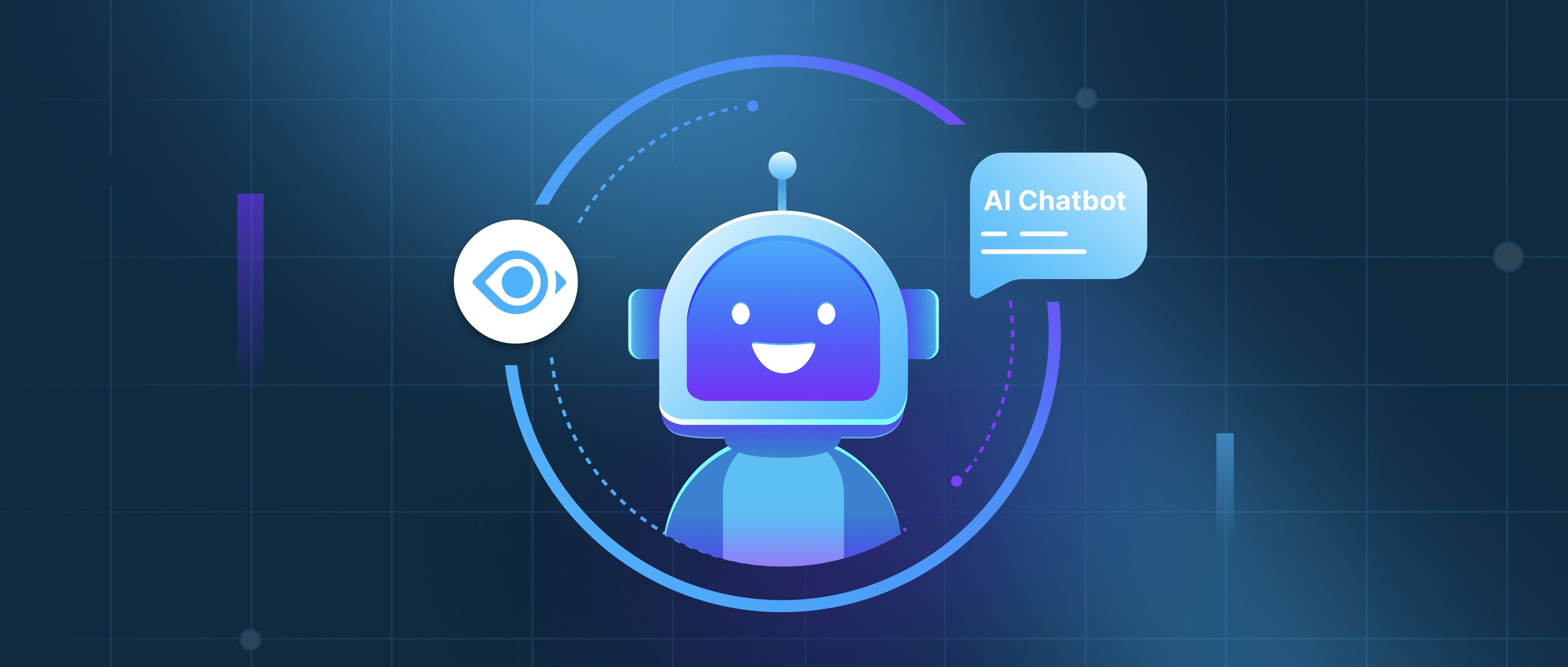Multi-agent reinforcement learning (MARL) systems involve multiple agents that learn to make decisions in an environment through interactions with each other and the environment itself. Unlike single-agent reinforcement learning, where one agent learns in isolation, MARL systems function in a shared environment where each agent must consider the actions and strategies of other agents. This setup creates complex dynamics, as each agent’s learning is influenced by the behaviors of others, leading to a richer and often more challenging learning scenario.
In a multi-agent setting, agents might work cooperatively or compete against each other. For example, in a cooperative scenario, multiple agents might work together to complete a task, such as in robotic team applications where they coordinate to navigate an obstacle course. This requires them to learn how to share information and balance tasks effectively. On the other hand, in competitive scenarios like games (e.g., chess or multiplayer video games), each agent aims to achieve its goals while countering the strategies of opponents. The need to adapt to the actions of others makes the learning process more complex and interesting.
Multi-agent RL systems have practical applications across various fields. In finance, multiple agents can simulate market conditions to optimize trading strategies. In autonomous vehicles, multiple cars must learn to navigate the road while considering the presence and behaviors of other vehicles. MARL setups can even extend to smart grids, where different agents represent various energy consumers and providers, working together towards efficient energy distribution. Overall, multi-agent reinforcement learning provides a framework for addressing problems that involve multiple decision-makers, making it a valuable area of research and application in today's technology landscape.
